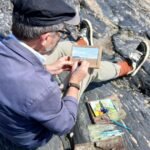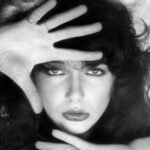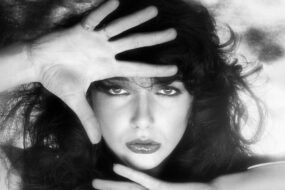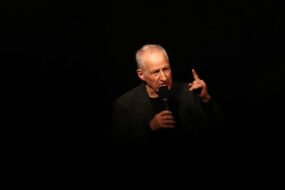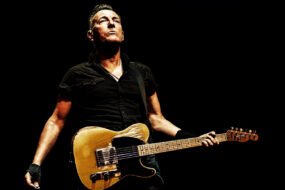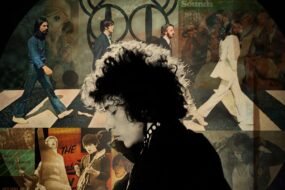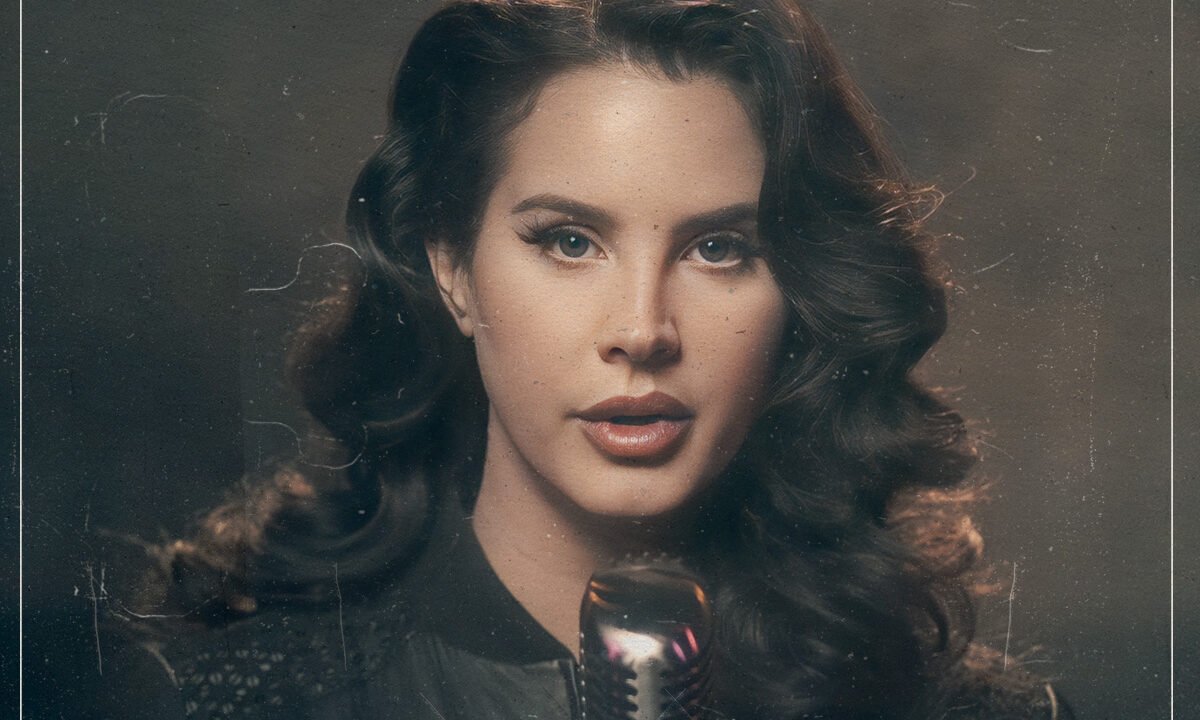

(Credits: Far Out / YouTube Still)
In the 2010s, a decade many music critics are keen to label one of the most mediocre in history, Lana Del Rey stood above the rest, with one foot in the regal past and the other thrust forward into modernity, embracing dance-laced rhythms and alternative melodies like a shining light of authentic innovation.
Without her, many of the modern artists who have now defined the subgenres that exist under her musical umbrella simply wouldn’t be around. The likes of Ethel Cain, The Last Dinner Party and Lorde have all taken the blueprint Del Rey set out and moved it forward.
But Del Rey herself is a part of that lineage. No matter how original the lane she’s carved for herself is, there is always a reference point that helps guide her own curation. While many cite Nancy Sinatra and Amy Winehouse as primary influences, she holds a lesser-known artist in higher regard.
The singer explained, “I will also say, in terms of everyone who’s paved the way for me, the way Cat Power delivered her songs in the ’90s and in the early 2000s, and even now, we’ve toured together and I’ve told her so many times, ‘I should be opening for you’.”
The distinct Lana Del Rey tone of flirting with the lower end of the vocal scale and bordering on the sultry is a stylistic choice she is keen to credit to Power, whose similarly deep singing style provides her signature, emotive sound.
“I was a high soprano, which you can kind of tell in the way that I talk, but her low tones, I would practice them the way she sang that song where she’s like, [sings] ‘Bay-be-doll’ I was like, ‘Oh my gosh, I could sing like that’. I realised I had a low register too. And when I learned that she played a big concert in New York with her back turned to the audience, that was when I realised I might have a chance.”
Power opened the door for Del Rey to further understand exactly how her introspective sensibilities, combined with a uniquely registered vocal tone, could work within the music spectrum. Stepping outside the guise of commercial popularity, she realised that success didn’t just come in one set formula, which was a theory finally confirmed by one more musician.
She explained, “Then, I watched this documentary when I was 20 called The Devil and Daniel Johnston with my boyfriend at the time, Artie Levine, and seeing that Daniel was super different and he had a bit of a cult following, I realised there might be a chance here.”
The essence of Del Rey’s modern-day milestones lies in wholly embracing the idiosyncrasies of her creative style and learning that the general public responds to that emphatically. Great art is delivered by artists providing an unfiltered view of themselves, and with the help of Power and Johnston, the ‘Cinnamon Girl’ has learned to do that quite deftly.
Related Topics


